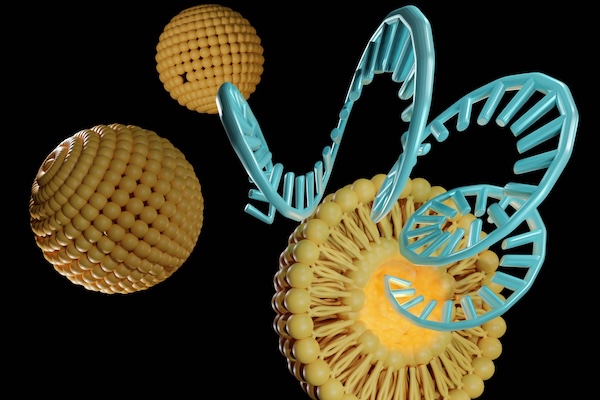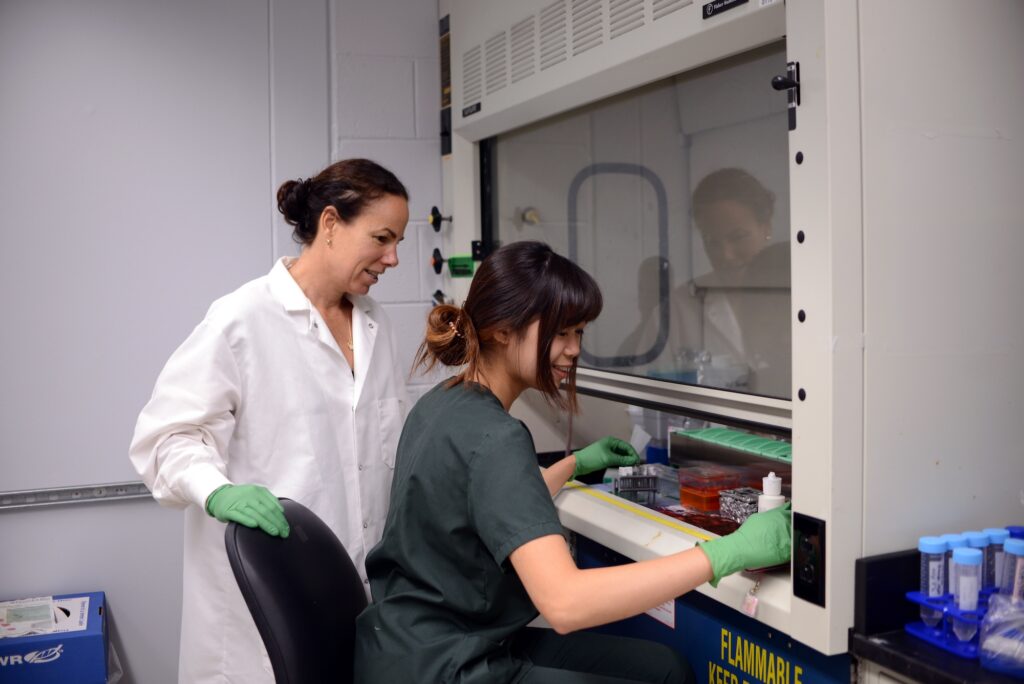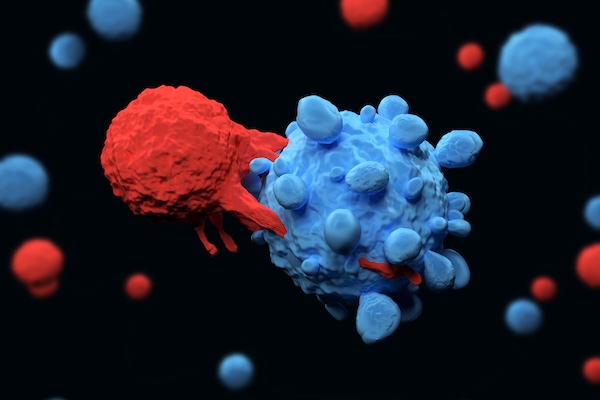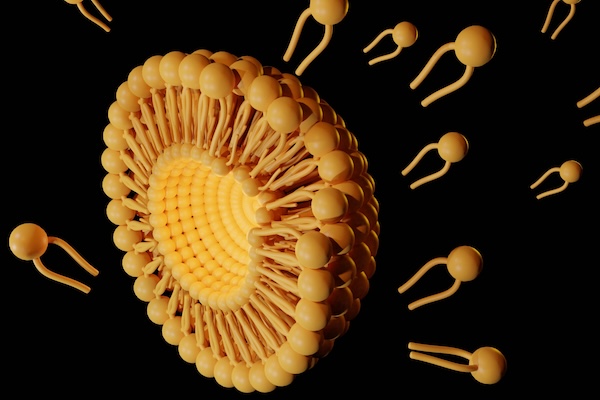by

Penn Engineers have discovered a novel means of directing lipid nanoparticles (LNPs), the revolutionary molecules that delivered the COVID-19 vaccines, to target specific tissues, presaging a new era in personalized medicine and gene therapy.
While past research — including at Penn Engineering — has screened “libraries” of LNPs to find specific variants that target organs like the lungs, this approach is akin to trial and error. “We’ve never understood how the structure of one key component of the LNP, the ionizable lipid, determines the ultimate destination of LNPs to organs beyond the liver,” says Michael J. Mitchell, Associate Professor in Bioengineering.
In a new paper published in Nature Nanotechnology, Mitchell’s group describes how subtle adjustments to the chemical structure of the ionizable lipid, a key component of the LNP, allows for tissue-specific delivery, in particular to the liver, lungs and spleen.
Read the full story in Penn Engineering Today.



